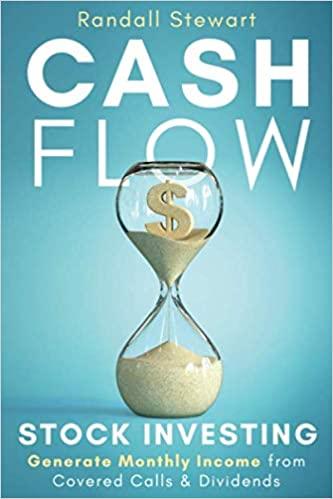Answered step by step
Verified Expert Solution
Question
1 Approved Answer
4. It will cost $3,000 to acquire a small ice cream cart. Cart sales are expected to be $1,400 a year for three years. After

Step by Step Solution
There are 3 Steps involved in it
Step: 1

Get Instant Access to Expert-Tailored Solutions
See step-by-step solutions with expert insights and AI powered tools for academic success
Step: 2

Step: 3

Ace Your Homework with AI
Get the answers you need in no time with our AI-driven, step-by-step assistance
Get Started


